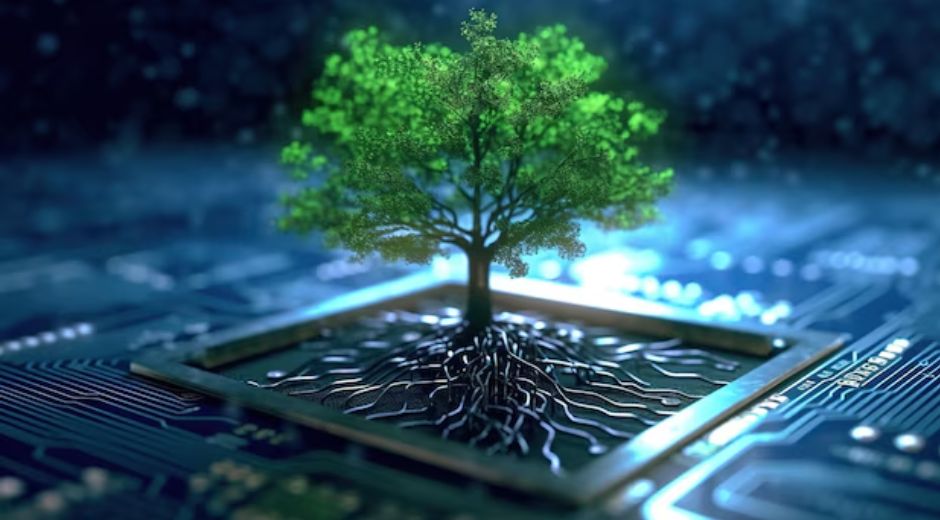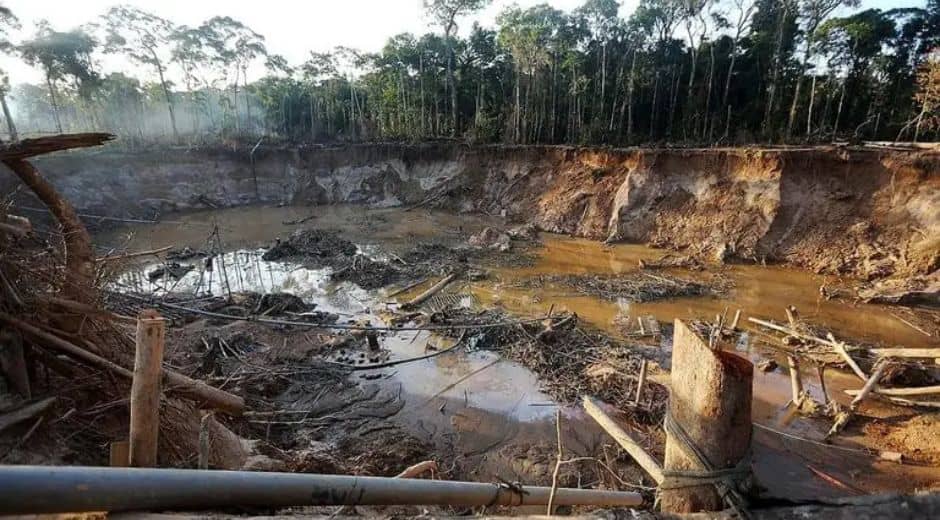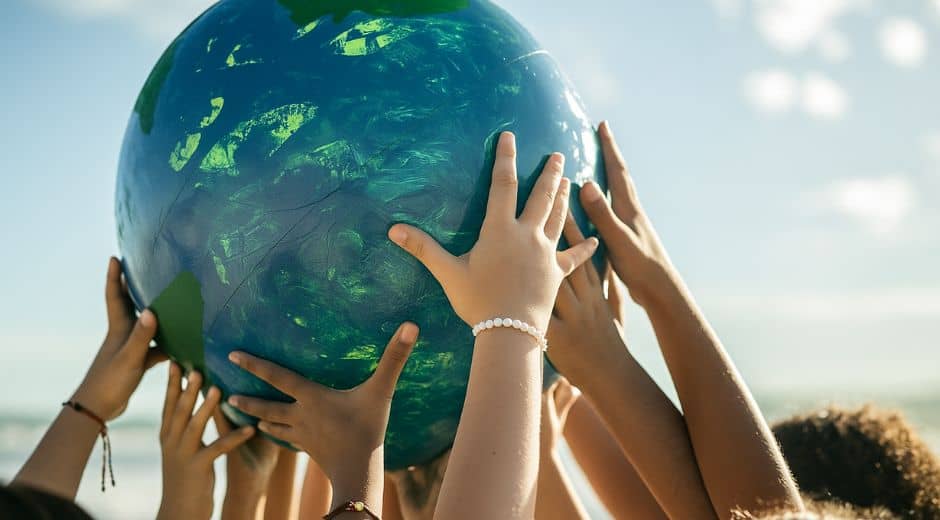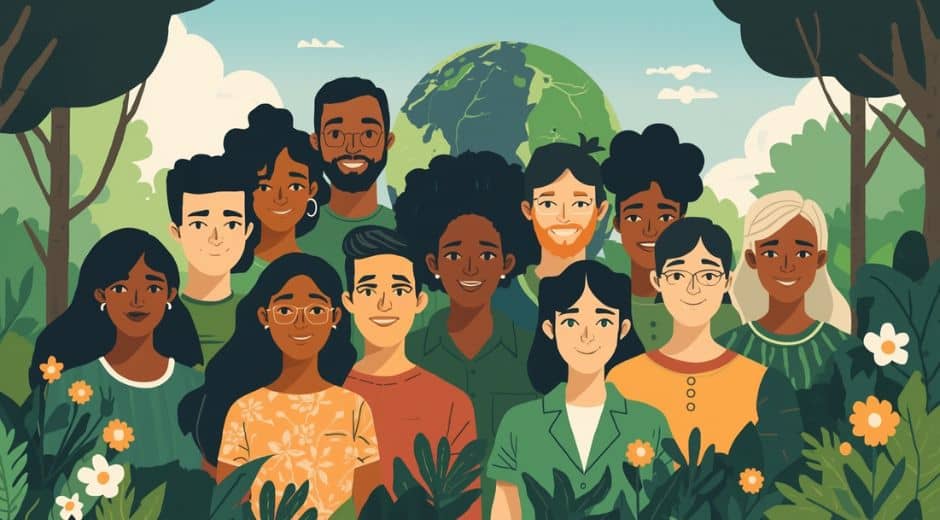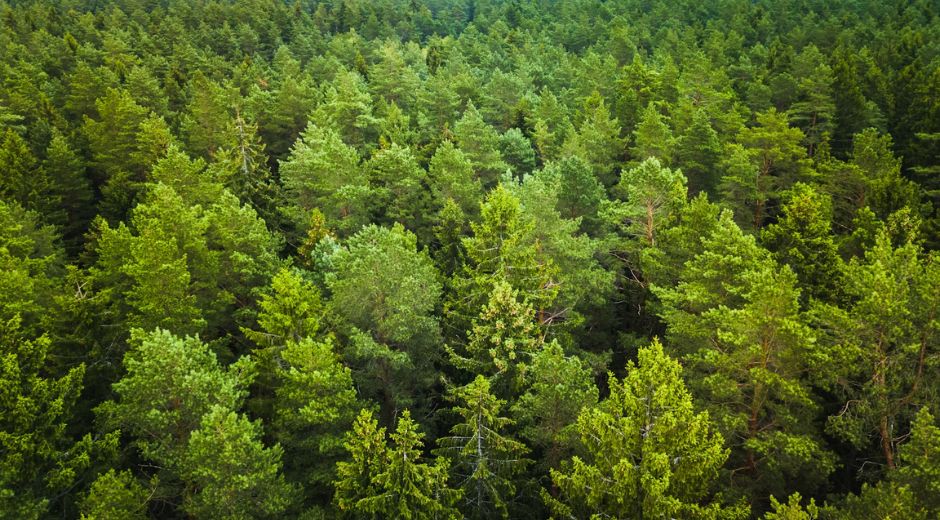7 Innovative Conservation Strategies Changing the World
7 Innovative Conservation Strategies Changing the World
Conservation efforts around the globe are evolving rapidly. To address pressing environmental challenges, organizations and communities are implementing innovative strategies that combine science, technology, and community engagement. These strategies not only protect wildlife and ecosystems but also inspire a new generation of environmental stewards, fostering awareness and encouraging sustainable behaviors across the world. Here are seven innovative conservation approaches that are changing the world and demonstrating the power of creative problem-solving in protecting nature.
1. Drone Monitoring for Wildlife Protection
Using drones to monitor wildlife populations is one of the most innovative strategies in modern conservation. High-resolution cameras and GPS technology allow researchers to track endangered species, map habitats, and detect poaching activity in real-time, even in remote and difficult-to-access areas. This cutting-edge approach reduces the need for intrusive fieldwork, keeping both researchers and animals safe, while allowing for faster data collection and more accurate long-term monitoring. For example, drones have been used to track elephant herds in Africa and monitor nesting sites of endangered sea turtles.
2. Artificial Intelligence for Habitat Analysis
Another innovative technique involves leveraging artificial intelligence (AI) to analyze satellite imagery and environmental data. AI algorithms can identify deforestation patterns, predict areas at risk of biodiversity loss, and even detect illegal fishing operations. By combining machine learning with ecological expertise, conservationists can make proactive, informed decisions. For more examples of technology supporting ecological efforts, check out Zoopora.
3. Community-Based Conservation Projects
Groundbreaking conservation is not just about technology — it also thrives in communities. Forward-thinking projects empower local populations to manage natural resources sustainably, creating a sense of ownership and responsibility. By providing education, alternative livelihoods, and incentives, these programs reduce human-wildlife conflict and ensure long-term ecosystem protection, while fostering social cohesion and cultural pride. Community-led marine conservation areas, for instance, have shown measurable increases in fish populations, healthier coral reefs, and improved livelihoods for participating families.
4. Genetic Rescue for Endangered Species
Pioneering conservation strategies are now turning to genetics. Techniques like genetic rescue and assisted reproduction help increase the genetic diversity of endangered populations, ensuring their long-term survival. For example, scientists are carefully cross-breeding isolated animal populations or using sperm and egg banks to preserve genetic material for the future. These creative approaches allow populations to withstand disease outbreaks and environmental changes while maintaining healthy reproduction rates. Such forward-thinking strategies are proving essential for species that have suffered from habitat fragmentation and climate change.
5. Eco-Friendly Infrastructure and Wildlife Corridors
Conservation is also advancing in urban planning. Innovative designs such as wildlife corridors, green bridges, and eco-friendly infrastructure help animals navigate fragmented habitats safely while reducing collisions with humans. By integrating nature into cities and rural landscapes, we protect biodiversity and maintain ecological connectivity, supporting both local and migratory species. Forward-thinking city planners have already implemented corridors for deer, foxes, and even migratory birds in several regions, showing that creative urban design can coexist with thriving ecosystems.
6. Plastic Waste Reduction and Ocean Clean-Up Programs
Marine conservation has seen a surge in innovative approaches to tackle plastic pollution. Cutting-edge initiatives use autonomous cleanup devices, biodegradable materials, and AI-powered mapping to remove waste from oceans effectively. Nonprofits and startups, like those featured on EcoGlobalo, are revolutionizing the way we approach ocean conservation, demonstrating that a creative approach can yield tangible results.
7. Environmental Education and Digital Campaigns
Finally, one of the most innovative strategies is using education and digital outreach to foster conservation awareness. Social media campaigns, virtual reality experiences, and interactive apps allow millions to engage with wildlife and ecosystems in meaningful ways, even without leaving their homes. Creative educational programs help people understand the importance of preserving nature, inspire behavior changes that support sustainability, and encourage participation in local conservation initiatives. By raising awareness and cultivating environmental empathy, these forward-thinking approaches amplify global efforts to save endangered species and fragile habitats.
Conclusion
These seven strategies demonstrate that innovative conservation is not limited to one approach — it’s a combination of technology, community engagement, and creative thinking. By embracing cutting-edge solutions, forward-thinking programs are transforming the way we protect our planet.
For more inspiration and actionable ideas to support conservation, explore bionaturevista to discover resources, projects, and ways to get involved in protecting our natural world.
Nature Inspires Every Step

How Tundra Wildlife Survives Extreme Arctic Conditions
How Tundra Wildlife Survives Extreme Arctic Conditions

Life Above the Trees: Exploring the Rainforest Canopy
Life Above the Trees: Exploring the Rainforest Canopy
